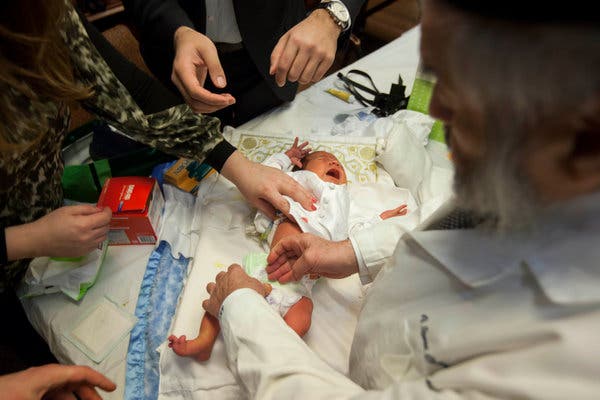Parents need to be informed about the benefits and risks of circumcision after giving birth. Many babies are circumcised within a few days of birth. However this can pose problems if the penis has abnormalities. The foreskin can also be used in future surgeries. Although the risk of infection following circumcision is low, it is important to remember. Ask questions before your baby has to undergo the procedure.
A qualified physician can give you the best information about your procedure before and after it. Your surgeon will give you a detailed report and take photos of the before-and after results. Most people won’t need to return for more than a year. Recovery time is typically only a few days.
But it is important to follow all doctor’s orders. For your child’s safety, you should avoid putting him in a dangerous position. Although circumcision is an old procedure, there are still problems. There are some things you can do to reduce the risk of circumcision becoming a medical emergency.

The site should be clean and painless. However sometimes the wounds can be more sensitive than desired. In addition, make sure the doctor is wearing gloves and protective clothing, so that he or she can avoid any complications. After a circumcision procedure, the skin should be washed with warm running water. The doctor should never use diaper wipes to clean the area. However, you can use soapy water to clean the area.
The dressing should be changed every two days to prevent the onset of discomfort. Petroleum jelly can be applied to the penis before going to bed. This will prevent the diaper from sticking on your penis and causing irritation. There are many benefits to circumcision beyond the obvious cosmetic benefits. Aside from the cosmetic benefits, men will also be free of HPV, a virus that can cause cervical cancer.
Additionally, after a circumcision, patients may experience pain and discomfort, but it is worth it in the long run. If the procedure goes well, there are very few risks. Consider having a circumcision performed if you have a medical condition. It can help prevent infections and phimosis. Phimosis is a condition that restricts penis movement and causes the foreskin to become too tight. In some cases, a baby may require reconstructive surgery to correct the phimosis.
Afterwards, the aftercare of circumcision differs from that of an adult, but the benefits are apparent. A pediatrician and a urologist can circumcise a newborn. A mohel, a trained professional, performs the procedure on the baby’s back. In this procedure, the mohel will separate the foreskin from the penis and close the incision with dissolvable stitches. The stitches will be taken out in a matter of weeks.
A male with phimosis may undergo a dorsal slit technique, where a specific amount of foreskin is cut with a pair of scissors. The rest of the circumcision can then be performed at a later time. A baby’s circumcision is a traditional procedure that has been used for thousands of years. The procedure heals a newborn’s skin in a week. An older boy’s area may take up three weeks. If the foreskin is not removed, an adult may experience inflammation of the foreskin.
Afterwards, it can be difficult to retract the foreskin. There are many benefits and risks associated with circumcision. This procedure has many benefits, including increased confidence and open sexual intercourse. The procedure also reduces the risk of HPV, a type of virus that causes cervical cancer. A male who has undergone this procedure may benefit from the benefits of HIV prevention, preventing HIV, and promoting overall sexual wellness. It can boost confidence and self-esteem.


